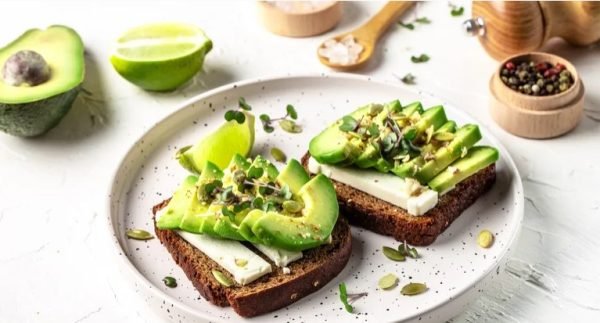When the early Spanish explorers first set stepped into the jungles of the Caribbean and Central America, among the many novelties they found was a large green tree fruit, with leathery skin, a seed like a chestnut, and creamy, lime-green flesh, unlike anything they knew in their own heritage of edible plants. For the Spaniards, it was easy to see why the local people, from Mexico to Colombia, made use of this fatty, flavorful resource — and so the avocado was destined to become a superstar of fruits. It had been a dietary staple for thousands of years in the Americas, and now it would spread through the rest of the world: In 1750, the avocado was introduced to Indonesia, in 1833 to Florida, and in 1908 to Israel. It reached Australia in the late 1800s.

The species arrived in California in 1856, and today orchards near San Diego, Los Angeles, and Santa Barbara produce almost 90% of America’s avocados. The rich and creamy Hass variety makes up the vast majority of the production, while a few small farms grow a variety of rarities — like Reed, Fuerte, Zutano, and Bacon . Meanwhile, Florida’s small industry is focused on varieties like Choquette, Hall, and Lulu — large, smooth-skinned fruits with juicy, sweet flesh popular among populations of Caribbean immigrants. One company, Brooks Tropicals, is even marketing these low-oil varieties as “SlimCados.” Many Florida avocado lovers, in fact, dislike the California-grown varieties.
The diversity in shape, size, taste, and texture in available varieties made it seem, sometimes, like we weren’t so much comparing types of avocados, but the proverbial apples and oranges.
Shepard. This small avocado, an important commercial variety in Australia, has delicate smooth skin and a pointed, acorn-shaped pit embedded in rich, sticky flesh. A relative of the Hass, it has its obvious similarities in texture, but with a thicker — almost gluey — consistency. It was a top contender in our lineup. Season*: August through October.
Choquette. A popular Florida variety, the Choquette avocado may easily weigh 2 pounds (the average Hass is perhaps 6 ounces). But, more so than in many other varieties, the Choquette’s weight is largely comprised of water. That is, cut this fruit with a knife and it bleeds lime-green juice. One of our panel described its taste as “avocado rainwater.” The flesh is silken and the flavor is extremely mild. Season: October through December.
Tonnage. A classic avocado on the outside, with a pear-shaped figure and frog-green pebbly skin, and a slender neck leading to the stem, the Tonnage stands out when tasted — for it is remarkably sweet. While its oil content is on the low side — just 8% to 10% fat — it is nonetheless buttery, with a faint and savory taste of chestnut. Season: September.
Daily 11. A huge avocado and a relative of the fatty Hass, the Daly 11 may weigh 5 pounds or more and bears a thick, armor-like hide with dense, flavorful, oily flesh inside. Season: August through October.
Macarthur. This voluptuously shaped variety, with a bulbous bottom that curves deeply into the stem, has thick and creamy meat, with a nutty flavor, and is decadently smooth and buttery when fully ripe. Delicious. Season: August through November.
Hall. A relative of the Choquette and similar in shape and size, the Hall avocado has nuttier, drier, and thicker flesh, though still juicy and fruity. Season: October through November.
Mexicola Grande: Small but beautiful, the Mexicola Grande has glistening black skin, almost as thin as paper. The light-flavored flesh is slightly fibrous, sweet, and juicy. Season: August through October.
Anaheim. This large and softball-shaped avocado may grow to 2 pounds and has buttery, creamy, soft flesh and a mild, nutty flavor. Season: June through September.
Hass. High-fat flesh, a nutty taste, and almond butter texture make the Hass both the classic West Coast avocado and a favorite worldwide. Its oil content can be 20% or higher, and its skin is tough and durable — ideal for shipping, and for use as a scooping cup when preparing Super Bowl guacamole. Season: Year-round.
Other U.S.-grown avocado varieties available: Bacon, Fuerte, Zutano, Pinkerton, Gwen, Lamb Hass, and Reed.
